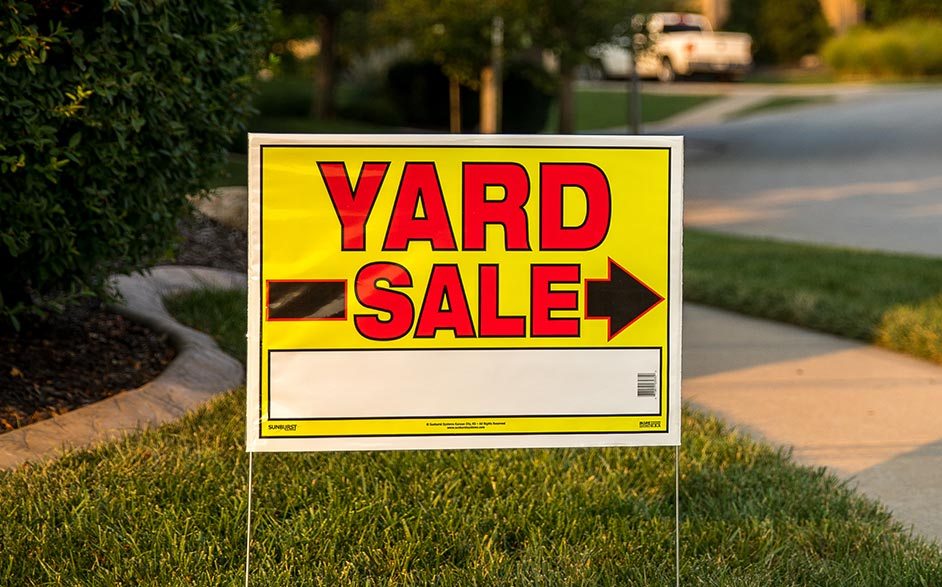
(NEW YORK) — Across the country, pediatric bed occupancy is the highest it’s been in two years, with 78% of the estimated 40,000 beds filled with patients, according to data from the U.S. Department of Health and Human Services.
The rise in occupancy — a 2% increase from last week and a 7% increase from mid-October — comes amid a nationwide surge in cases of respiratory syncytial virus, or RSV, influenza and rhinovirus/enterovirus (RV/EV).
Amid the surge, five states — Arizona, Rhode Island, Minnesota, Kentucky and Texas — continue to be using at or above 90% of pediatric hospital beds.
Late last week, the Centers for Disease Control and Prevention issued an official health advisory in response to the rise in respiratory infections in children.
The health advisory warned that “Co-circulation of respiratory syncytial virus (RSV), influenza viruses, SARS-CoV-2, and others could place stress on healthcare systems this fall and winter.”
This year, rates of RSV-associated hospitalizations began to increase during late spring and continued to increase through the summer and into early fall. Preliminary data from October shows weekly rates of RSV-associated hospitalizations among children younger than 18 years old are higher than rates observed during similar weeks in recent years.
While RSV activity appears to be plateauing in some places, the timing, intensity and severity of the current RSV season are uncertain.
RSV is a contagious virus that can spread from viral respiratory droplets transferred from an infected person’s cough or sneeze; from direct contact with the virus, like kissing the face of a child with RSV; and from touching surfaces, like tables, doorknobs and crib rails, that have the virus on them and then touching your eyes, nose or mouth before hand-washing, according to the CDC.
People infected with RSV are usually contagious for three to eight days, but some infants can continue to spread the virus even after they stop showing symptoms, for as long as four weeks, according to the CDC.
Among children, premature infants and young children with weakened immune systems or congenital heart or chronic lung disease are the most vulnerable to complications from RSV.
According to the CDC, death from RSV is rare. There are between 100 to 500 pediatric deaths and 14,000 adult deaths each year related to RSV, with the actual figure likely being higher due to undercounting.
At the same time as RSV cases are surging, positive tests for influenza reported to the CDC by clinical laboratories jumped from 2,083 to 7,504 in October, data shows.
What’s more, the cumulative hospitalization rate for flu in the U.S. is currently 2.9 per 100,000, the highest it has been since the 2010-11 season, according to the CDC.
Experts told ABC News that a combination of waning immunity to COVID and lack of exposure to other viruses, combined with close gatherings indoors, is fueling a “perfect storm.
“
“Mostly the issue is there’s low population immunity and kids are, once again, gathered again, and this is facilitating rapid spread of viruses like RSV,” Dr. John Brownstein, an epidemiologist and chief innovation officer at Boston Children’s Hospital and an ABC News contributor, said. “And because of the sheer volume of infection, when you have that larger denominator, you have a situation where a portion of those kids are going to require hospital treatment. And because of that, our hospitals are spread thin, not only for bed capacity, but also for critical staffing, of those beds.”
He added, “So the combination of shortages, bed capacity and rising viral illness all make for an unfortunate perfect storm that we’re seeing happen everywhere right now.”
In Michigan, a hospital system on Monday began limiting the number of young visitors as cases of respiratory viruses continue to spike throughout the state and the country.
Under a new rule, hospitals under the Corewell Health East system will not allow any visitors under the age of 5 to enter buildings.
The only exceptions will be for certain circumstances, such as if a parent or sibling is severely ill or if there is an end-of-life situation.
Copyright © 2022, ABC Audio. All rights reserved.




